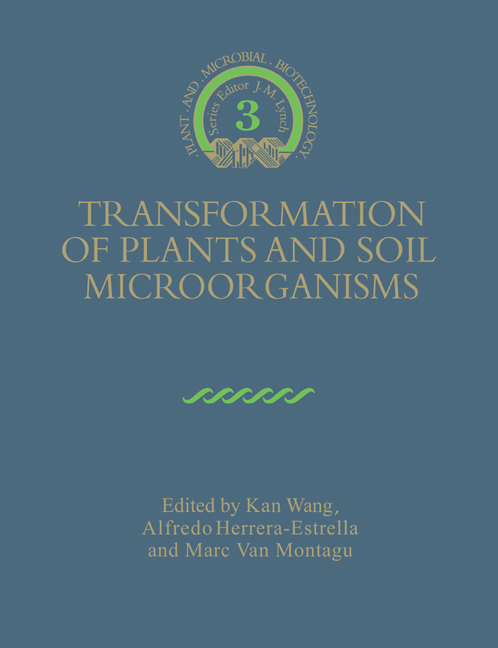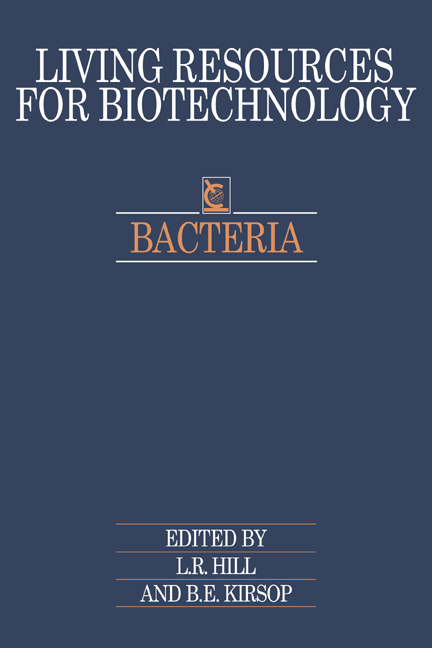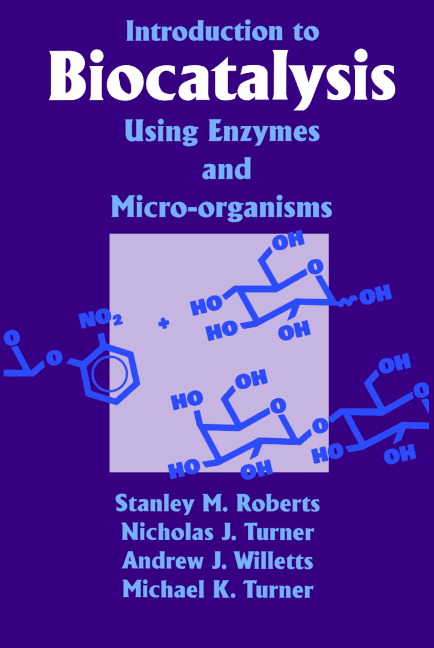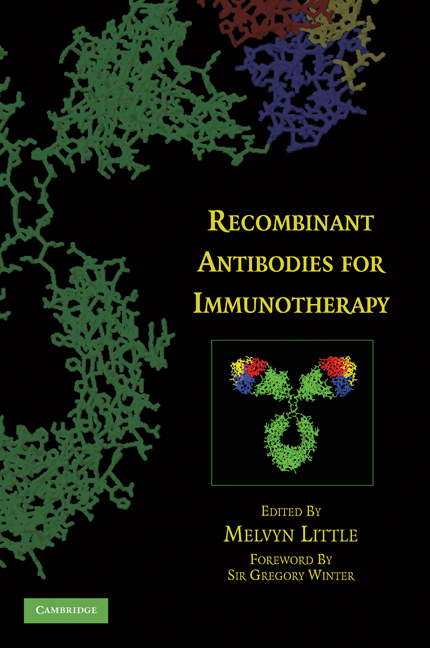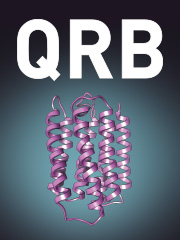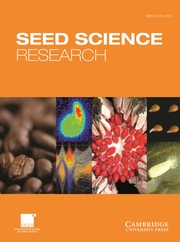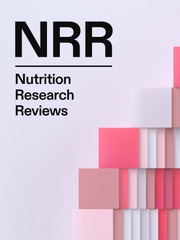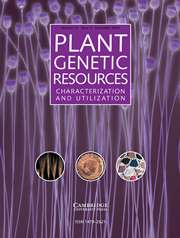Transformation of Plants and Soil Microorganisms
Over the past fifty years plant breeders have achieved impressive improvements in yield, quality and disease resistance. These gains suggest that many more modifications might be introduced if appropriate genes can be identified. Current DNA techniques allow the construction of transgenic plants and this important new book reviews the current state of knowledge. A team of leading researchers provide in-depth reviews at the cutting edge of technology for laboratory techniques for the transformation of important soil microorganisms and recalcitrant plants of economic value. The book is divided into three sections: soil microorganisms; cereal crops; and industrially important plants. The most effective methods used to date are compared, and their merits and limitations discussed. Some chapters emphasise case studies and applications. In cases where obstacles remain to be overcome, an overview of progress to date is given. The book will serve as a general guide and reference tool for those working on transformation in microbiology and plant science.
- Third volume in exciting new Plant and Microbial Biotechnology Research Series
- Editors and contributors of the highest calibre from around the world
- Provides overviews of methodologies and techniques in the transformation of plant and soil microorganisms
Product details
June 2004Paperback
9780521548205
200 pages
246 × 189 × 11 mm
0.37kg
2 b/w illus. 16 colour illus.
Available
Table of Contents
- Part I. Transformation of Soil Microorganisms:
- 1. Pseudomonas
- 2. Nocardioform and coryneform bacteria
- 3. Rhizobium, Agrobacterium and other Gram negative soil bacteria
- 4. Filamentous fungi
- Part II. Transformation of Cereal Crops:
- 5. Rice
- 6. Maize
- 7. Barley, wheat, oat and other small grain cereal crops
- Part III. Transformation of Industrially Important Crops:
- 8. Legumous plants
- 9. Rapeseeds
- 10. Sunflowers
- 11. Forest trees.

